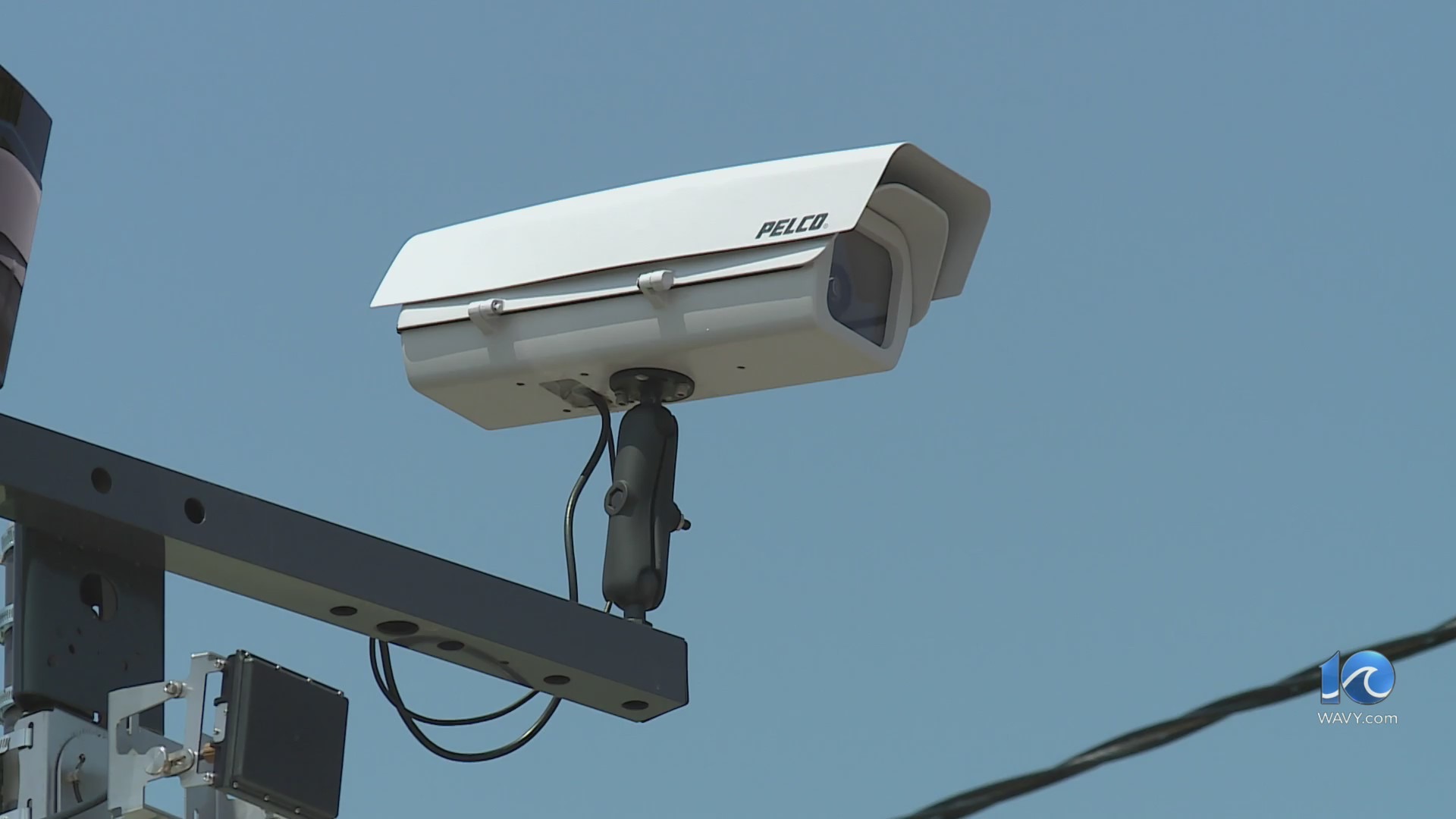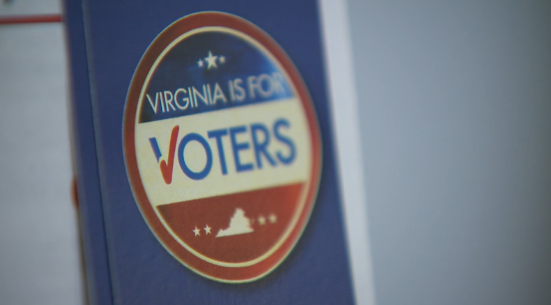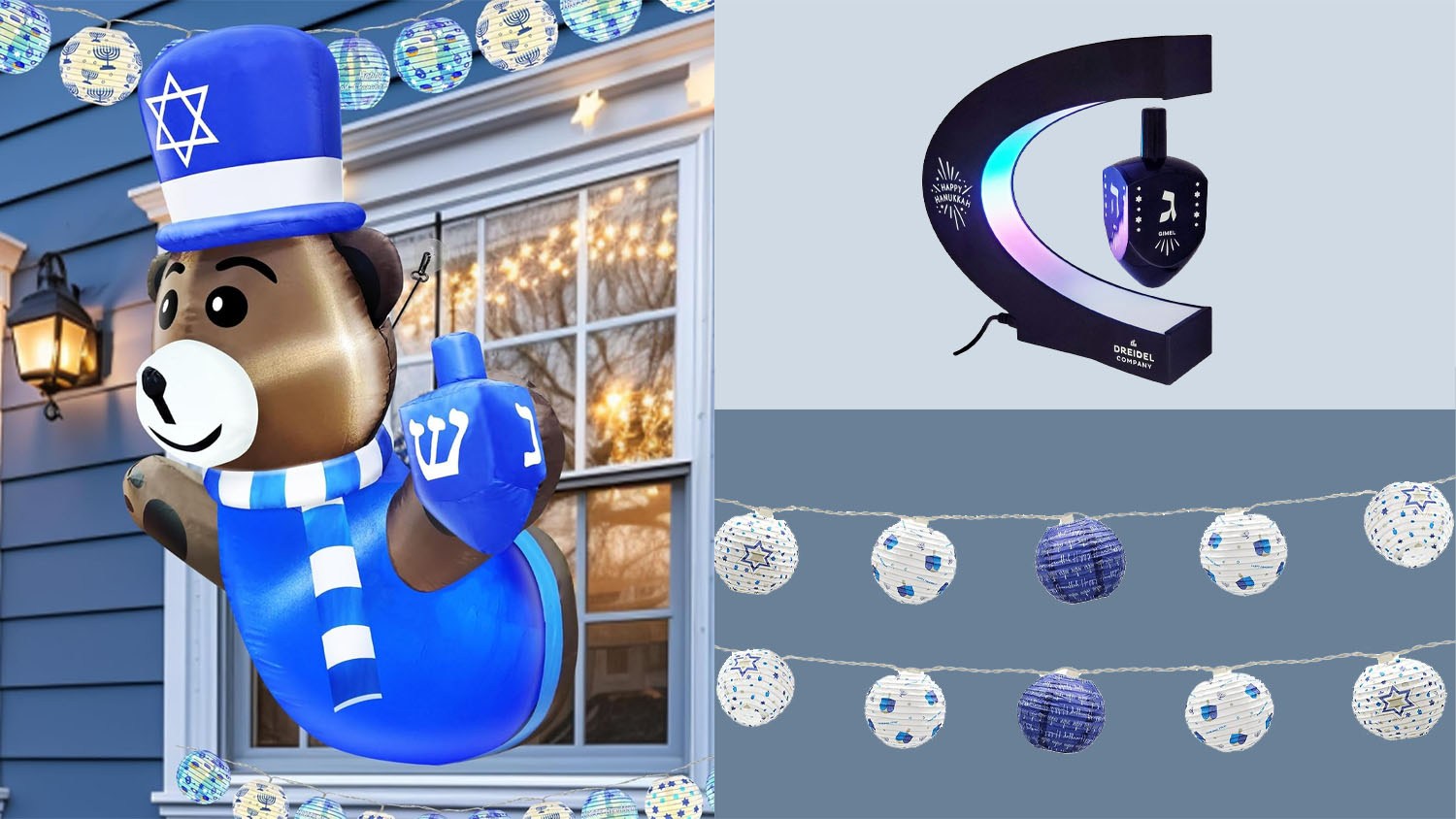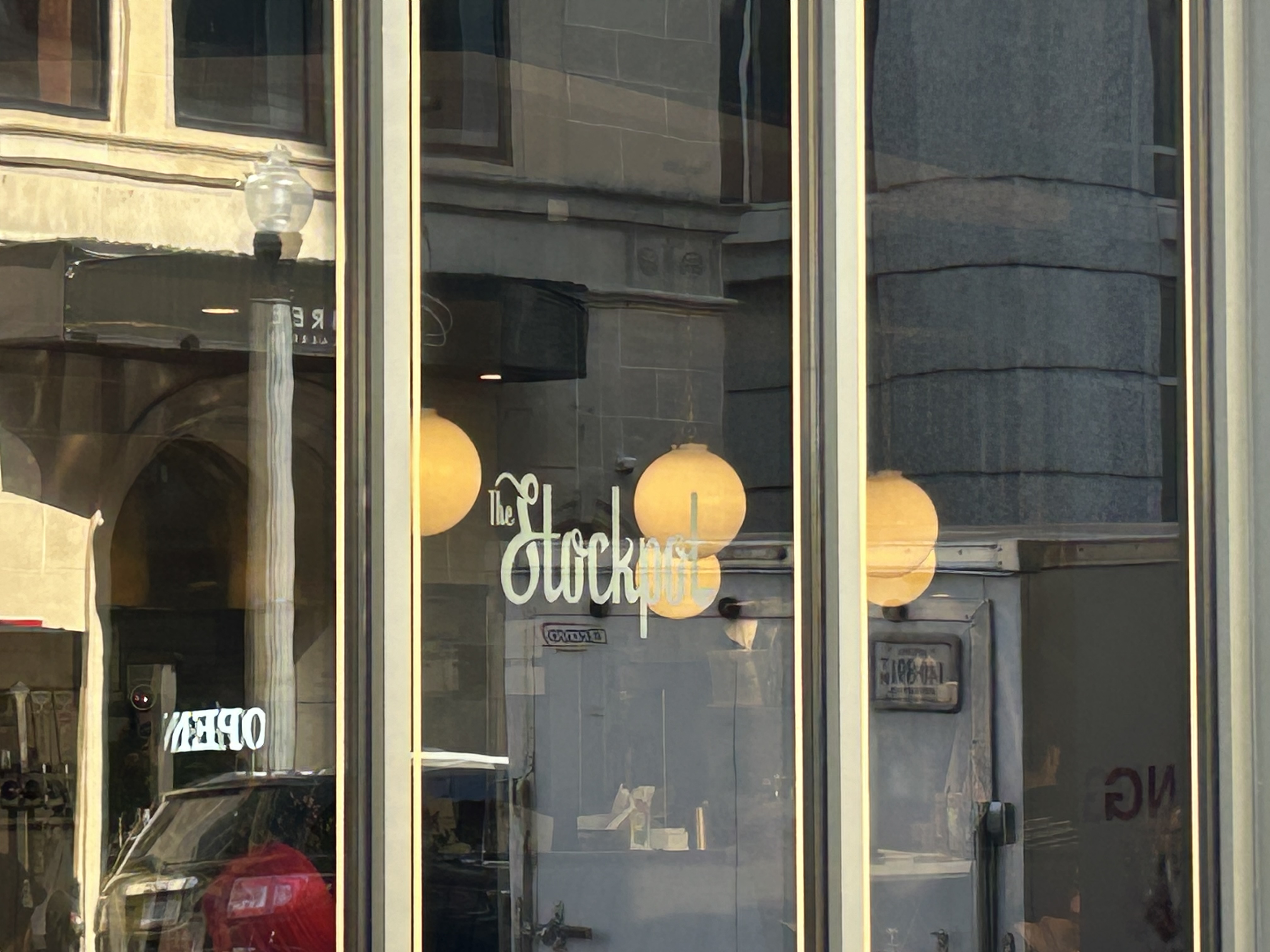(WBOY) — It’s almost Valentine’s Day, and you might be looking for a bouquet to get for your special someone, but there are some flowers that carry meanings you might not want to send.
According to the Farmers Almanac, countries throughout Europe and Asia have recognized the language of flowers for centuries, while flower symbolism became popular during the 1800s.
The Almanac also said that during the Victorian era, flowers were primarily used to send nonverbal messages.
“Different cultures assign varying ideas to the same species, but the fascination with ‘perfumed words’ persists just the same,” said the Almanac, which added that flower meanings and traditions have changed over time.
Today, flowers have the potential to express just about every conceivable sentiment, but for Valentine’s Day, there are some you may want to avoid since their meanings are far from romantic.
Begonia – Beware

A warning sign isn’t usually what you want to set with a potted plant or bouquet. Instead, consider something like a pink camellia which means longing for you.
Butterfly weed – Let me go

Unless you are shooting for a Valentine’s Day breakup, butterfly weed might not be the best symbol. Instead, consider getting daffodils, which symbolize regard or unequalized love.
Yellow carnation – Distain, disappointment, rejection

That’s not the kind of thing you want to convey on a day meant to express the joy of love. Instead, try white, red or pink carnations, which have much more positive and romantic meanings about pure and deep love.
Geranium – Stupidity

Valentine’s Day isn’t only about telling your partner they are beautiful or handsome. While geraniums mean stupidity, clematis, a similar-looking flower, means mental beauty.
Hyacinth – Sport, game, play

It might not be the best idea to give your Valentine a flower that says you are playing games. Instead, show your love with a white chrysanthemum, which means truth.
Lavender – Distrust

Distrust is definitely not a message you want to send to your significant other on Valentine’s Day, or probably ever. If a wildflower is what you have in mind, consider honeysuckle instead since it is a symbol of the bonds of love.
Orange lily – Hatred

Lilies are generally thought of as a flower of spring, but orange ones mean the opposite of love, according to the Almanac. Other colors of lilies have more romantic connotations. Try either a white lily, which means heavenly, or a yellow lily, which symbolizes happiness or walking on air.
Marigold – Grief, jealousy

Marigolds aren’t typically included in bouquets, and maybe there’s a reason for that. But if you want a flower that you can plant in your garden later, consider instead a dwarf sunflower as a symbol of adoration.
Rhododendron – Danger, beware

West Virginia’s state flower doesn’t have the most positive meaning, according to the Almanac. If you want something that’s still native to the state, consider a fern, which can symbolize magic, fascination and secret bonds of love.
Yellow rose – Jealousy, decrease of love, infidelity

While a more unique rose might be a popular choice for Valentine’s flowers, yellow ones in particular carry a negative meaning. Instead, consider a classic red rose, which means “I love you,” or a pink rose, which symbolizes happiness.
Tansy – Hostile thoughts, declaring war

If you’re looking for something to counteract the meaning of tansy, chamomile means patience in adversity, according to the Almanac.
Evergreen clematis – Poverty

A flower nicknamed Old Man’s Beard and that means poverty might not be the best symbol to give your partner on Valentine’s Day. Instead, try goldenrod, which means encouragement and good fortune.
While cut flowers are popular for Valentine’s Day, the Almanac also suggests forgoing them altogether and gifting your sweetheart a flowering plant instead.
“The instant flowers are cut, they begin their journey towards death,” the Almanac said. “With a flowering plant, especially cold-loving cyclamen or hellebores, the gift is just the beginning!”



























































